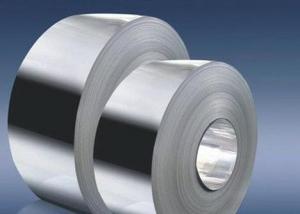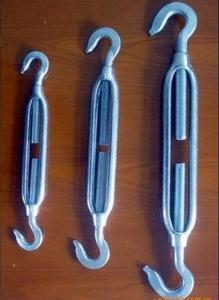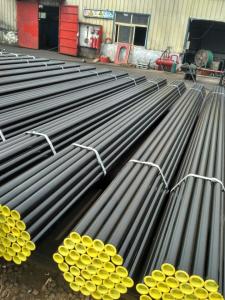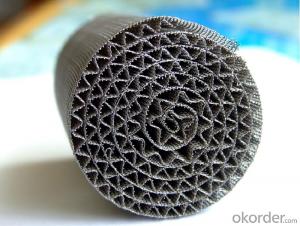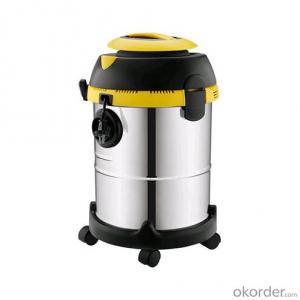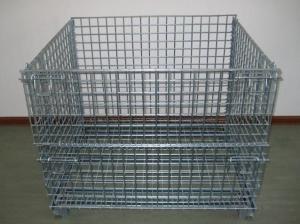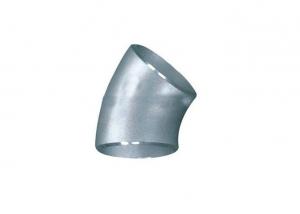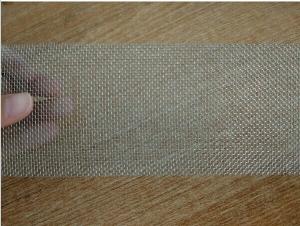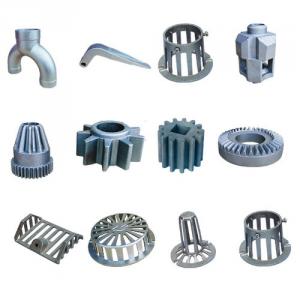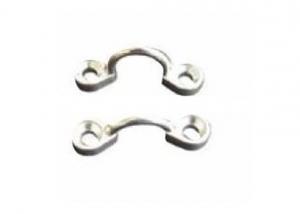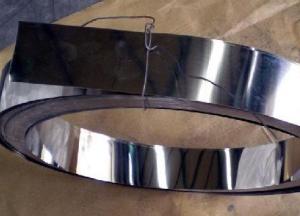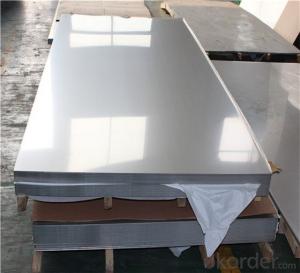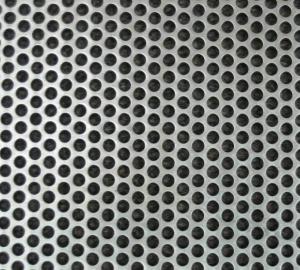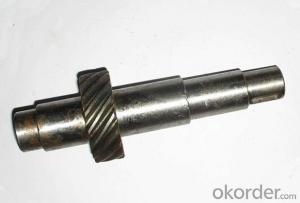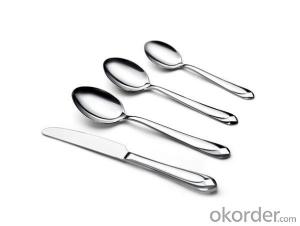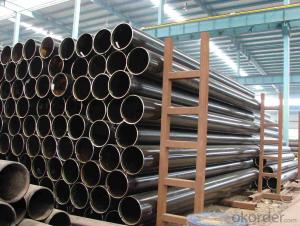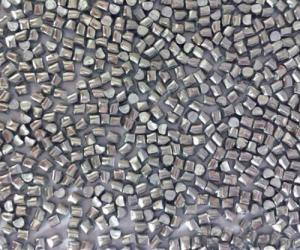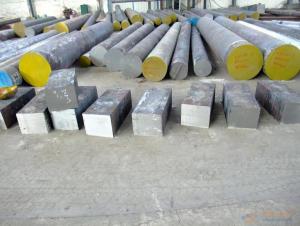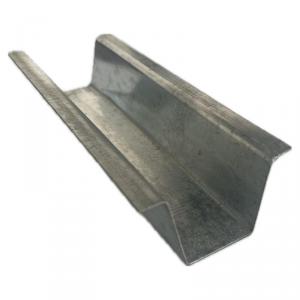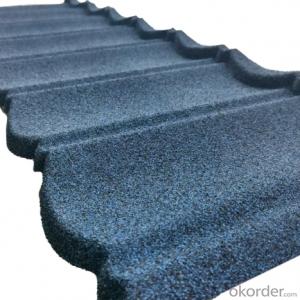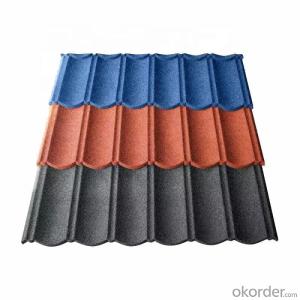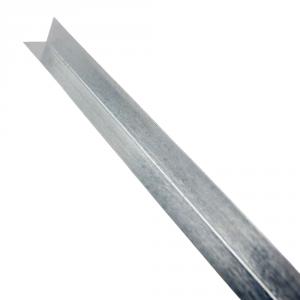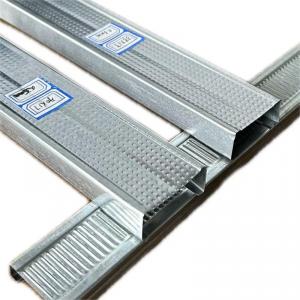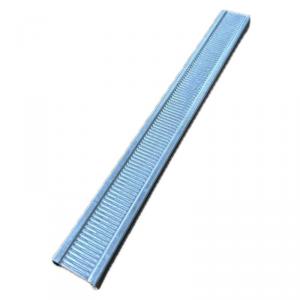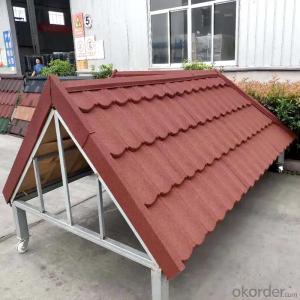Stainless Steel For Piercings
Stainless Steel For Piercings Related Searches
Stainless Steel Piercings Stainless Steel Piercing Piercing Stainless Steel Stainless Steel Nose Piercing Stainless Steel Jewellery Stainless Steel Jewelery Stainless Steel Jewelries Stainless Steel Jewlery Forging Stainless Steel Solder For Stainless Steel Coatings For Stainless Steel Stainless Steel For Sale Stainless Steel Chain Jewellery Best Stainless Steel For Knives Welder For Stainless Steel Stainless Steel Fabrications Stainless Steel Engraving Stainless Steel Metals Stainless Steel Pins 3d Printing Stainless Steel Stainless Steel Beads Stainless Steel Pitting Engraving Stainless Steel Powder Coating Stainless Steel Paint For Stainless Steel Stainless Steel Piping Pitting On Stainless Steel Stainless Steel Forks Stainless Steel Teeth Stainless Steel EtchingStainless Steel For Piercings Supplier & Manufacturer from China
Stainless Steel For Piercings encompasses a variety of high-quality materials specifically designed for body jewelry, including earrings, nose studs, and other forms of body adornments. These products are crafted from premium stainless steel, ensuring durability, corrosion resistance, and hypoallergenic properties, making them ideal for individuals with sensitive skin or metal allergies. The usage of stainless steel in piercings has become increasingly popular due to its aesthetic appeal and the fact that it is a cost-effective alternative to other precious metals. This makes it suitable for a wide range of applications, from everyday wear to special occasions, and for various types of piercings.Stainless Steel For Piercings is widely used in the body modification industry, catering to the needs of both professional piercers and individuals looking to express their personal style. The product is known for its ability to maintain its shine and resist tarnishing, which makes it a popular choice for those who want a long-lasting and low-maintenance option. Moreover, its affordability allows for a broader range of designs and styles to be accessible to a larger audience, promoting creativity and self-expression in the world of body art.
Okorder.com is a reputable wholesale supplier of Stainless Steel For Piercings, boasting a vast inventory that caters to the diverse needs of the market. Their extensive range of products includes various sizes, shapes, and designs, ensuring that there is something to suit every taste and requirement. As a trusted supplier, Okorder.com is committed to providing high-quality products at competitive prices, making it an ideal choice for both retailers and individuals looking to stock up on stainless steel body jewelry.
Hot Products






